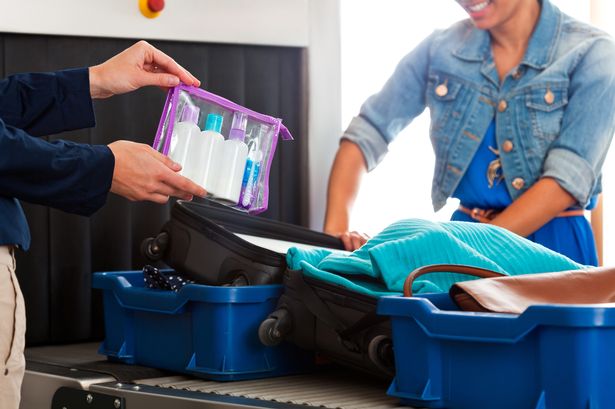A pilot’s wife has given some invaluable advice that will help you get through the security line quickly and easily, without encountering any heartrate-rising drama
Airports can be stressful – but there are a few little things that can make the experience altogether easier. It can be all too easy to get yourself in a tizz, stressing about whether you’ve got everything you need to go through security, and whether you’ve managed to lose your passport between dropping your bags off and getting a plastic bag to put your liquids in.
But a pilot’s wife has given some advice as to what you should do before you go through security in America – though the advice is similar in the UK, too. If you follow the guidance, the entire process should be simplified and made easier.
As part of the caption, Laurie, who posts on Instagram as @traveltipsbylaurie, wrote: “In airport security screening, these travel tips will help you be prepared while also helping you speed through the TSA (Transportation Security Administration) line”.
She recommended that you take off your belt every time you’re approaching security, because “sometimes” you’ll need to. Therefore, it will speed up the whole process if you just do it from the word go.
Laurie also said you’re “supposed to not have anything in your pockets”. Sometimes she forgets and the screening “does not catch it,” but she’d still recommend emptying your pockets just in case.
She did say that it’s a good idea to have an “easily accessible pocket” to put your phone and passport in, so you can get to them quickly should you need to.
“If you’re worried, maybe an inner zipped pocket” would be a good idea, as this way, you won’t be panicked about potential theft.
In the caption, she continued: “Listen to the TSA officers as you approach so you know if electronics larger than a phone need to be in the grey bin for screening. Even if you have PreCheck, be ready to take off your belt. It is inconsistent at different airports”.
It’s similar in the UK, as sometimes you’ll be told you can keep things like jackets on, but other times you may even have to take your shoes off and have them scanned.
It just depends on the day, and the best advice that she can give is to comply with what the staff members want at the airport you’re at.
Laurie’s helpful post racked up 500 likes and plenty of comments from grateful travel fans.
Someone penned: “Really helpful tips to keep that line moving.” Meanwhile, another wrote: “Your tips are so helpful Laurie!!”

